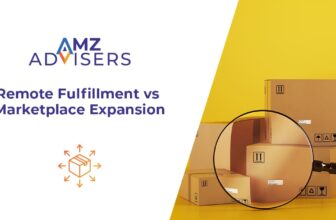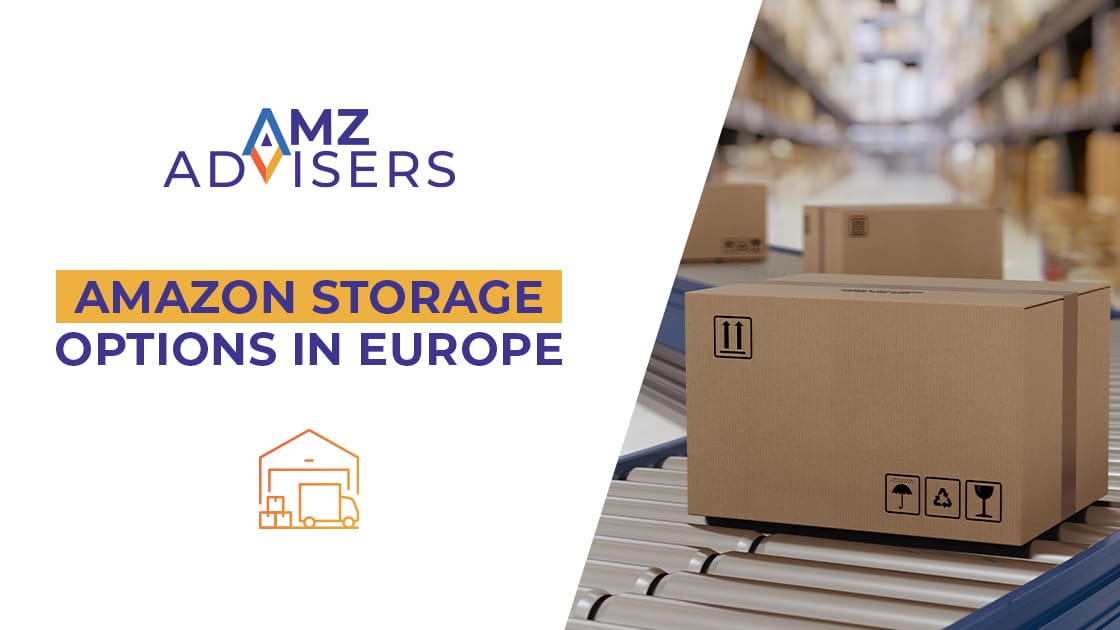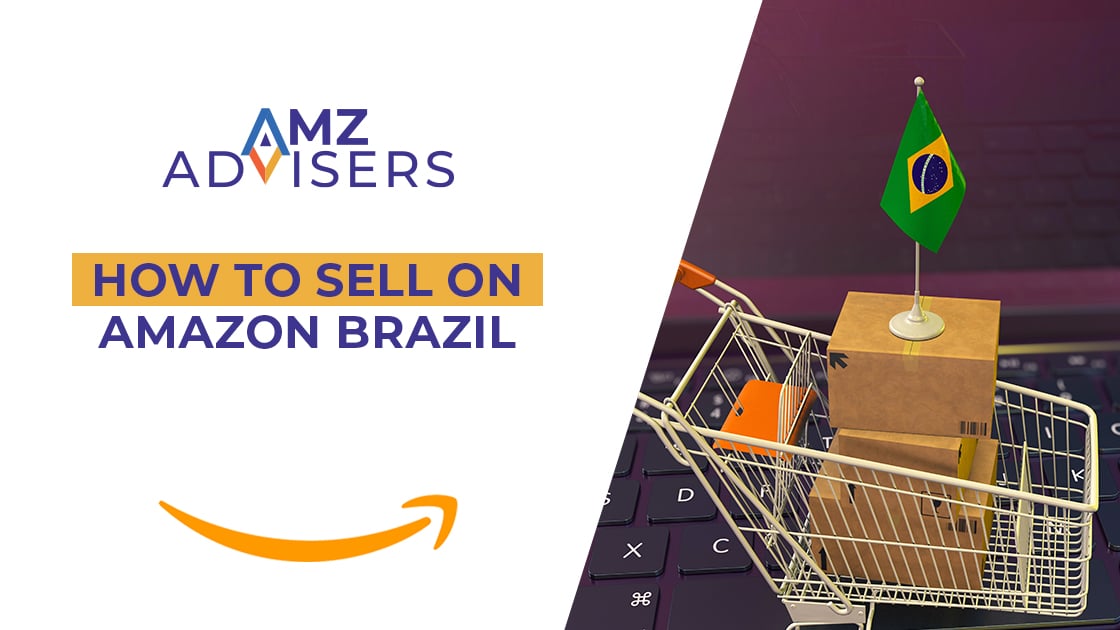
Ecommerce is only becoming more popular. In 2027, it’s predicted that eCommerce will be responsible for 22.6% of retail sales.
If you own an ecommerce business, now is the perfect time to undergo a market expansion strategy. That said, business expansion can also come with its challenges.
While market expansion is simpler today than ever, businesses should know a few core strategies that will put them on the path to success.
Here are the best market expansion strategies, advice on choosing a territory, and more.
What Is Market Expansion?
Market expansion is a business growth strategy to expand branding, product reach, and sales in a new market or territory. Most market expansion is global, meaning businesses expand their products and services in a new location.
This is a good idea for ecommerce businesses since sellers can increase their audience reach. Other popular examples of market expansion are developing new products and expanding to new customers, such as ones in a different niche.
Benefits of Market Expansion
Diving headfirst into market expansion can be intimidating. Fortunately, this strategy comes with many benefits:
- More opportunities. There are many hidden opportunities in market expansion. You can uncover new consumers and increase sales in a different territory.
- Saves money. While market expansion comes with expenses, it’s less costly than other strategies. Some business growth strategies, such as new product development, run the risk of wasted resources and mistakes.
- Competitive advantage. By expanding into different territories and attracting new buyers, businesses stay ahead of the competition.

What to Consider Before Market Expansion
You may be interested in pursuing a market expansion strategy, but it’s essential to ensure your business can fit into a new market. Here are a few cross-border ecommerce factors to consider.
Niche
Some products are trending more in certain countries than others. For example, if you’re a skincare brand, you’ll likely look at a region like South Korea, a huge market for new and innovative personal care products.
It’s essential to consider your niche and audience when expanding to ensure you’ll achieve the most earnings.
Speed of Market Penetration
A few factors determine the speed of market penetration. If you already have an audience in that territory or a partner who operates there (as we will explain later), that will expedite your penetration in that region.
Instead of focusing on an entire region, some businesses may target one city to test the waters and expand quickly.
Marketing and Advertising
Before you’re ready to launch, it’s vital to know how to market and advertise to consumers in your new region. With new geographical regions come language and cultural changes that may differ from where you’re from.
When creating a marketing strategy for new territories, tailor your messaging to the local audience while tying them into your goals.
Legalities
Expanding to a new territory always raises regulatory concerns. Many niches, such as automobiles and food/beverage, have regulations in other countries. You may also need certain safety licenses and certifications, such as selling baby or children’s products.
Even in a largely unregulated market, you must consider other legalities. These include taxes and employment laws (if you’ll hire locally).
Before expanding to a new country, always consult with a local lawyer.
How to Choose a Territory
It would be easy to list a few countries and recommend them to all ecommerce companies. In reality, choosing a territory depends on profitability, your niche, legalities, and culture. Here are ways to decide which countries you should target for market expansion.
Audience and Buyers
The first place that most sellers will start is where their audience and buyers are located. This will require you to look at your website and social media demographics, as well as past international sales, to understand which regions you should prioritize.
For example, maybe you look back on your website and social demographics and see a large chunk of your audience is from China. In that case, it’s smart to focus on this territory instead of another nation.
You should also understand why you may be attracting consumers from other regions. For example, understand how buying habits and consumer preferences from these countries intertwine with your brand, niche, products, and current marketing strategy.
Current Business and Cultural Norms
If you expand to a country with significant cultural differences, penetrating that market will be extremely difficult.
For example, let’s say your business is located in Japan. You’ll have an easier time expanding to China, South Korea, or any other country in the Asian market–as opposed to Europe or any other Western region.
There are many reasons why this is a challenge for many sellers, specifically small businesses. In addition to culture and language differences, consumers in different countries have various standards on how you conduct business.
For example, consumers in some countries expect sellers to offer free and fast delivery, while others prefer an intuitive shopping and checkout process. Understanding the needs of consumers in different regions is essential to building strong relationships with them.
Software and Technology
Ecommerce is constantly under innovation. 7.45% of software solutions are in the ecommerce sector. Technology aids ecommerce businesses in many ways. Online brands can streamline and automate many parts of their business, resulting in more efficiency and productivity.
When expanding globally, it’s best to target regions with the latest advancements in software and technology that will benefit your business. Some nations with the best technology sectors include Germany, France, Japan, and Brazil.
These countries also have profitable ecommerce markets, ensuring you’ll grow your revenue.
Current Partners
Your current business partners are another good place to start with market expansion. These partners are experts in their native region, ensuring your expansion strategy is seamless.
Local business partners can help you navigate the culture, what local consumers demand, customs, language, and laws. You’ll be able to release products that local consumers will love and will better market your products to this audience.
Your partner likely has existing resources and a network of professionals you can rely on, so when you first expand, you can reach a sizable audience.

Market Expansion Strategies to Use
Are you ready to create a market expansion strategy? Here are tactics to help your business grow in another region.
Market Penetration
With market penetration, you enter a new territory using the same products and processes you had before. You focus on new goals, such as increasing sales in the new region.
This is often the method that businesses choose. You’re not tapping into new demands or creating different products.
Hone in on markets you can penetrate immediately and focus on the tactics and goals to increase sales in the new territory.
New Product Development
If the regions you’re targeting have different product demands than your current market, you’ll want to try new product development. This method creates exclusive inventory for the new region, though you can also make them available to your current market.
When you enter the new region, you’ll have a robust catalog of products designed to intrigue local buyers.
What if you want to tap into local demands but don’t want to design new products? You can recreate existing products to feed local demands.
For example, let’s say customizations are a bigger market in the new territory versus your current one. You can recreate your existing products to allow more customizations in that region, possibly opening it up to your other territories if the demand grows.
Amazon Global Selling
If you’re currently an Amazon seller, you can easily undergo marketplace expansion by using Amazon Global Selling.
With Global Selling, you sell your products among different international Amazon marketplaces. Amazon has marketplaces in all major world regions, specifically Europe, Asia-Pacific, Middle East, and the Americas. Sellers can also access different Amazon services, such as remote fulfillment through FBA, to make expansion more seamless.
New Sales Channels
While becoming an international seller on Amazon is a smart move, you may want to expand outside of this marketplace. Every region offers its marketplaces, such as Europe. Targeting these new sales channels will help you connect better with the local audience.
For example, if you’re expanding to Latin America, you’ll want to sell your products on Mercado Libre. This marketplace e attracts 50.3 million buyers and is especially popular in Mexico and Brazil.
Even though you can take advantage of Amazon’s North American Regional Fulfillment (NARF) program, expanding to Mercado Libre or any other local marketplace will allow you to earn more revenue and make you more competitive.
Do You Need Help With Market Expansion?
With the global popularity of ecommerce, market expansion is one of the biggest goals for many online sellers. It increases your product reach and brand presence, which results in higher sales volumes.
Before expanding to a new market, you must know the best strategies. Market penetration and new product development are two popular options. Many sellers also choose programs like Amazon Global Selling, though you shouldn’t ignore expanding to new sales channels.
Are you trying to expand to a new market but unsure how to target your niche? AMZ Advisers can help you expand your market reach in a new region. Contact us to learn more.
Author
 Stephanie Jensen has been writing e-commerce content for seven years, and her copy has helped numerous stores rank on Amazon. Follow her on LinkedIn for more insight into freelance writing and creating high-quality content.
Stephanie Jensen has been writing e-commerce content for seven years, and her copy has helped numerous stores rank on Amazon. Follow her on LinkedIn for more insight into freelance writing and creating high-quality content.
Discover more from reviewer4you.com
Subscribe to get the latest posts to your email.





